
NEO
The NEO token uses a consensus mechanism called the Delegated Byzantine Fault Tolerance (dBFT). It enables users to participate in the cryptocurrency ecosystem through proxy voting. Holders of the NEO cryptocurrency are able to vote for a delegate. The selected delegates generate new blocks through the BFT algorithm. The NEO token is considered a kind of stock and its holders are entitled to payments in the form of GAS coins used for the NEO project. In order to earn GAS, users just need to keep NEO tokens in their digital wallets. Tokens accumulate automatically.
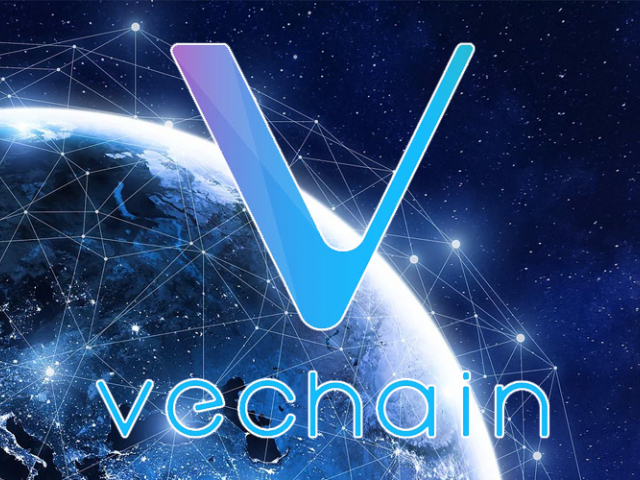
VeChain Thor (VET)
The VeChain Thor project strives to occupy its market share in the sphere of payments solutions for decentralized applications (dApp). VET token is a smart payment currency that allows users to conduct transactions in the ecosystem on the basis of the VeChain blockchain. VET holders have almost unlimited rights in the VeChain Thor system. THOR tokens can be used as a reward to the VET token holders who receive THOR coins only for storing VET tokens in their digital wallets.

ARK
The ARK project uses a consensus mechanism known as the Delegated Proof of Stake (DPoS). It requires coin holders to vote for delegates responsible for validating transactions and maintaining the blockchain system. Only one delegate can check the DpoS block. In order to generate passive income from this cryptocurrency, you just need to open an ARK account and vote for a delegate. When both conditions are met, you will be rewarded.

ICON (ICX)
The ICON project has recently refined its core network which uses the Loop Fault Tolerance (LOP) consensus mechanism, an incentive system resembling DPoS. This mechanism also requires coin holders to support delegates responsible for validating transactions. After ICON launches its core network supplemented by the ICONex wallet and the token exchange mechanism, you will need to open an ICON account, vote for a delegate, and then wait for a reward.

COSS.io (COSS)
Unlike other cryptocurrencies, Crypto One Stop Solution (COSS) is the so-called “exchange token” which became popular in the last months of 2018. After executing low-cost transactions in the COSS system, about half of the trading fees are placed into a Decentralized Autonomous Organization (DAO). At the end of the week, this reward is distributed among the coin holders. Dividends are paid out in the same tokens the transaction was executed.
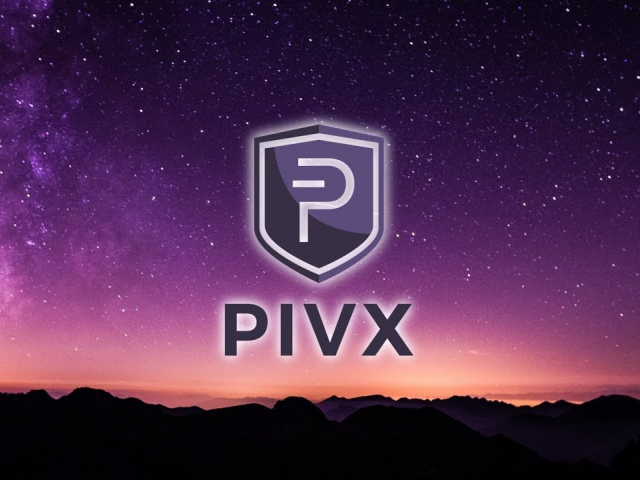
PIVX (PIVX)
The PIVX blockchain system (Private Instant Verified Transaction) is a fork of the DASH project which uses Proof-of-Stake (PoS) as a consensus mechanism. Holders of the largest number of coins and the highest bets are leaders in the network. As a reward, they are paid with the mined tokens. In order to generate passive income from the cryptocurrency, you can use PIVX as a bet of any size. All you need to do is set up a PIVX wallet and keep it active.
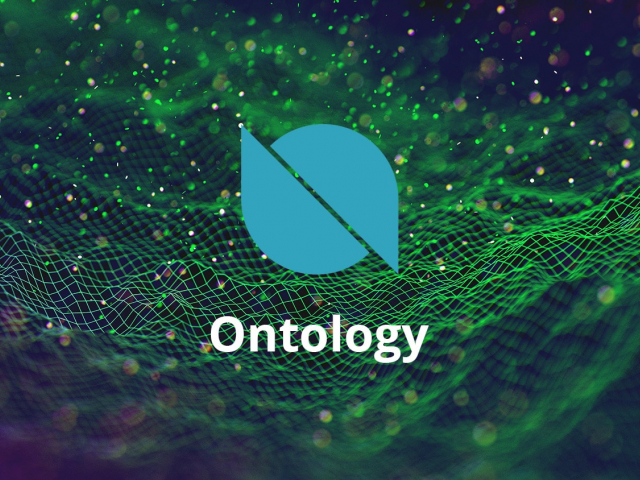
Ontology (ONT)
ONT is a diverse, integrated, and distributed network which aims to develop the Ontology ecosystem based on trust and collaboration. The system allows projects of various types to use its distributed trust network. Ontology is built on the Verified Byzantine Fault Tolerance (VBFT) consensus mechanism which enables users to gain passive income. The Ontology platform has two tokens: ONT and ONG. The ONT token holders can earn ONG tokens by storing ONT coins in their wallets.
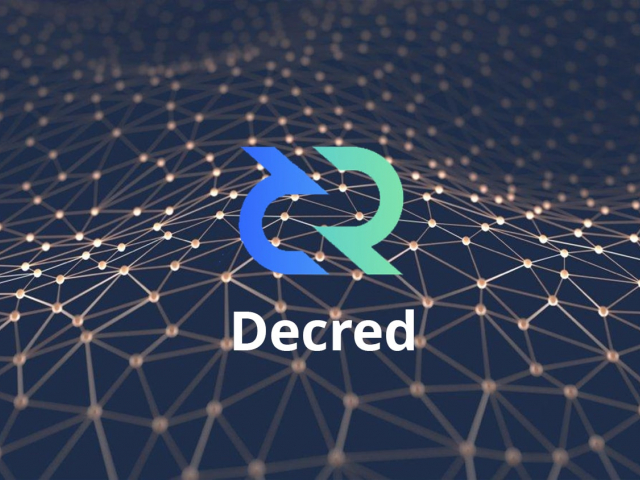
Decred (DCR)
This cryptocurrency allows users to control the blockchain network and switch from one set of consensus rules to another. For this reason, Decred uses an innovative hybrid system, a combination of Proof-of-Work (PoW) and Proof-of-Stake (PoS) consensus mechanisms. This system enables coin holders to mine blocks and vote on consensus rule changes across the network. In order to vote, they should purchase special tickets. Voters receive 30% of the block reward.
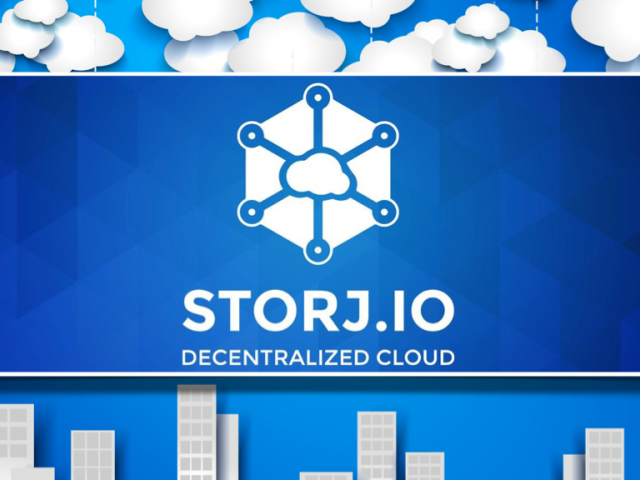
Storj (STORJ)
This protocol is a set of decentralized applications that allows users to securely store data. The project uses Bitcoin-inspired features such as a transaction ledger, public/private key encryption, and cryptographic hash functions. Storj users sell resources to store and transfer information, thereby earning STORJ coins and other cryptocurrencies in exchange for their services. To run the software, it is necessary to have sufficient storage space and high network bandwidth.
 English
English 
 Русский
Русский Bahasa Indonesia
Bahasa Indonesia Bahasa Malay
Bahasa Malay ไทย
ไทย Español
Español Deutsch
Deutsch Български
Български Français
Français Tiếng Việt
Tiếng Việt 中文
中文 বাংলা
বাংলা हिन्दी
हिन्दी Čeština
Čeština Українська
Українська Română
Română
